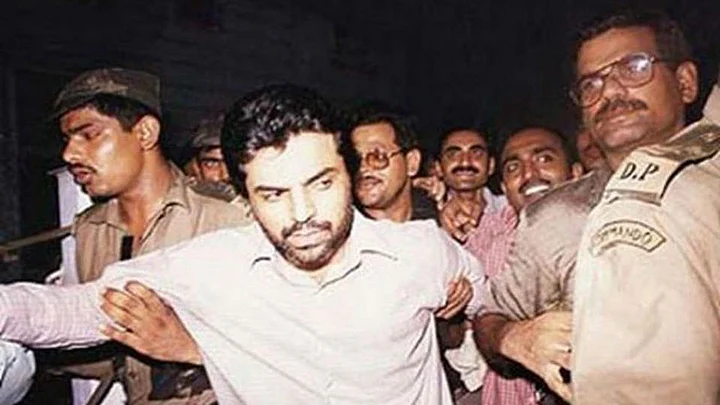Macabre Execution
- Yakub Memon died after his cervical vertebra broke because of the weight of his body
- A government doctor inspected the body before declaring Yakub Memon dead
- Nagpur Chief Judicial Magistrate, Jail Superintendent and District Collector were present
- Hangman who tightened the noose around Yakub’s neck had also executed Mohammad Ajmal Kasab
Yakub Memon died after his cervical vertebra broke because of the weight of his body, the autopsy conducted on him after he was executed at Nagpur Central Prison early Thursday morning reveals.
It took about a couple of minutes for the body to twitch when it dropped several metres before life went out of it. Dr S Sabariya, a Maharashtra government doctor inspected the body before declaring Yakub Memon dead.
The other state officials who were present to witness the macabre execution included Nagpur Chief Judicial Magistrate M M Deshpande, Jail Superintendent Yogesh Desai and District Collector Sachin Kurve.
State government sources based in Nagpur said that Yakub’s hanging was successful in the first attempt. The hangman who tightened the noose around his neck before pulling the lever that finally sent Yakub to his doom is the one who executed Mohammad Ajmal Kasab.
Hangman Bablu
He is nicknamed “Bablu Jallahd” which has stuck to him because of his grisly job in which he is sufficiently well-trained, sources said.
Stationed in Pune, Bablu was brought over to Nagpur, about 10 days ago and trained two other constables who assisted him in hanging Yakub. Sources said that Bablu handled the hanging efficiently and without any hitch.
Once the autopsy was conducted, Yakub’s body was handed over to his elder brother Sulaiman and a cousin who later sealed it in a coffin before flying it out of Nagpur (to Mumbai) on an Indigo flight.
The provision for a post-mortem was mandatory by the Supreme Court in an important January 13, 2014, judgment which had commuted the death sentence of 15 condemned convicts to life imprisonment on the ground of undue delay ranging between three years and seven years in disposal of their mercy petitions by the President.
A bench headed by then Chief Justice of India P Sathasivam had referred to material that demonstrated that “the system of hanging which is now in vogue consists of a mechanism which is easy to assemble.”
‘Hanging Least Painful’
The method of hanging prescribed by Section 354(5) of the Code of Criminal Procedure is legal and meets the requirement of Article 21 of the Constitution (Right to Life) on the basis of scientific evidence and opinions of eminent medical persons which “assured that hanging is the least painful way of ending the life.”
However, lawyers for the petitioners had contended that “owing to dearth of experienced hangman, the accused are being hanged in violation of the due procedure.”
By making autopsy obligatory, the cause of the death of the convict can be found out, which will “reveal whether the person died as a result of the dislocation of the cervical vertebrate or by strangulation which results on account of too long a drop.”
‘Autopsy a Just Procedure’
“Our Constitution permits the execution of death sentence only through procedure established by law and this procedure must be just, fair and reasonable”, the court ruled, adding that “in our considered view, making post-mortem obligatory will ensure just, fair and reasonable procedure of execution of death sentence.”
But a senior jail officer, who has witnessed some executions, says the provision for post-mortem will be of little relief to the convict executed by an “untrained” hangman. “Death is irrevocable,” he adds.
However, in case the hanging is not in accordance with the procedure, the court could at the most pull up the jail administration and might award exemplary compensation to the family of the dead convict. But irregularity in hanging would be of no consequence to the executed prisoner.
Yakub’s is the first hanging after the 2014 judgment in Shatrughan Chauhan’s case. Thus there is no data available to determine if jail authorities have a trained hangman.
Toss of Coin
Gone are the days when there was no dearth of trained executioners. When JKLF separatist leader Maqbool Butt was hanged in Tihar Jail on February 11, 1984, two hangmen – Kallu and Kumar – were summoned to execute him. They were in command to meet any eventuality while performing the sensitive execution.
Who would pull the noose? They decided by the toss of a coin. Luck smiled on Kallu.
(The writer is a Delhi-based senior journalist)
(At The Quint, we question everything. Play an active role in shaping our journalism by becoming a member today.)
